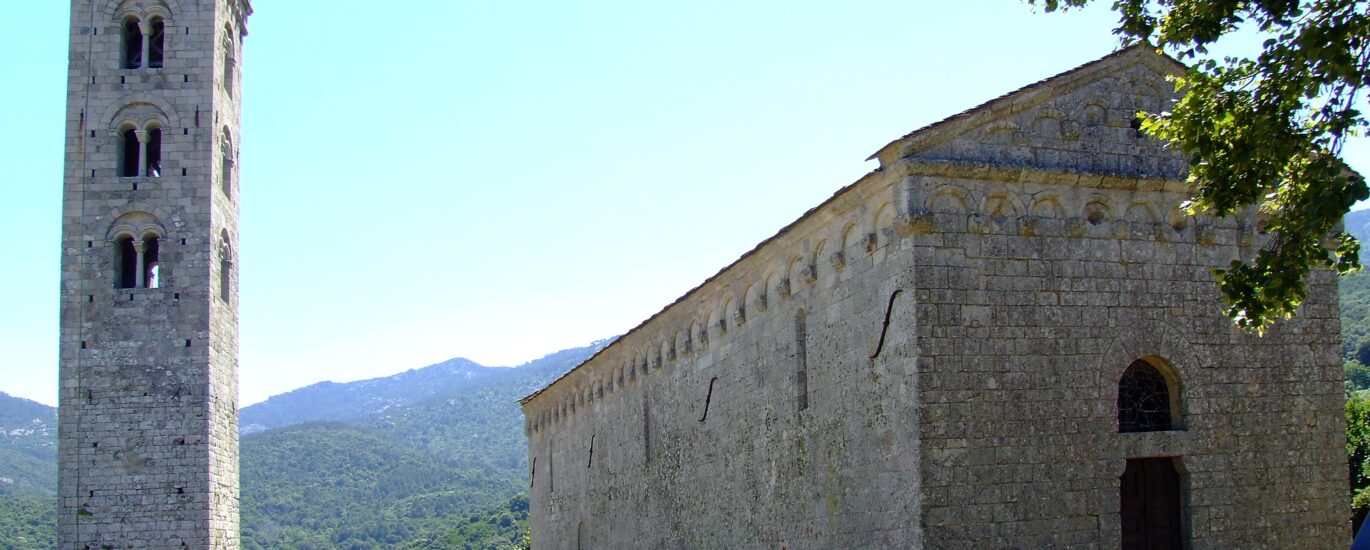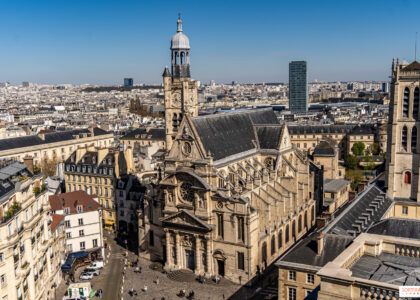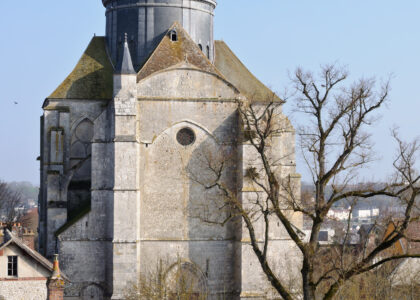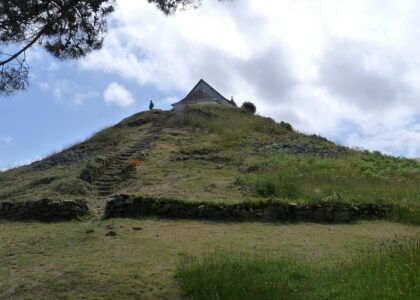Welcome to Église San Gavino, a remarkable landmark steeped in history and spirituality. Located in the scenic region of Corsica, France, this church stands as a testament to centuries of religious devotion and architectural evolution.
Église San Gavino was founded during the early 11th century, a time when the island of Corsica was transitioning from Byzantine to Pisan control. This period marked a significant cultural and religious transformation, and the church became a focal point for the Christian community.
One of the unique features of Église San Gavino is its Romanesque architectural style, characterized by its robust structure and minimalistic yet powerful design. This style was prevalent in medieval Europe and is noted for its semi-circular arches and sturdy pillars.
Over the centuries, Église San Gavino has witnessed numerous historical events. During the medieval period, it served not only as a place of worship but also as a refuge for locals during times of conflict. In the 18th century, the church underwent significant renovations that introduced Baroque elements, adding to its architectural richness.
Notable figures have been associated with Église San Gavino. The church is named after Saint Gavinus, a Christian martyr revered in the region. His legacy is celebrated annually, drawing pilgrims and visitors from across the island and beyond.
As time progressed, Église San Gavino adapted to the changing tides of history. It survived the various political upheavals on the island, including periods of Genoese, French, and Italian rule. Each era left its mark, contributing to the church’s historical tapestry.
Today, Église San Gavino stands as a cherished site, not just for its religious significance, but also as a symbol of Corsica’s enduring cultural heritage. Visitors are drawn to its serene atmosphere, the architectural beauty, and the stories embedded in its ancient walls.
As you explore Église San Gavino, imagine the countless generations who have walked these grounds, each leaving behind a piece of their own history. This place is a living narrative, a journey through time that continues to inspire awe and reverence.






